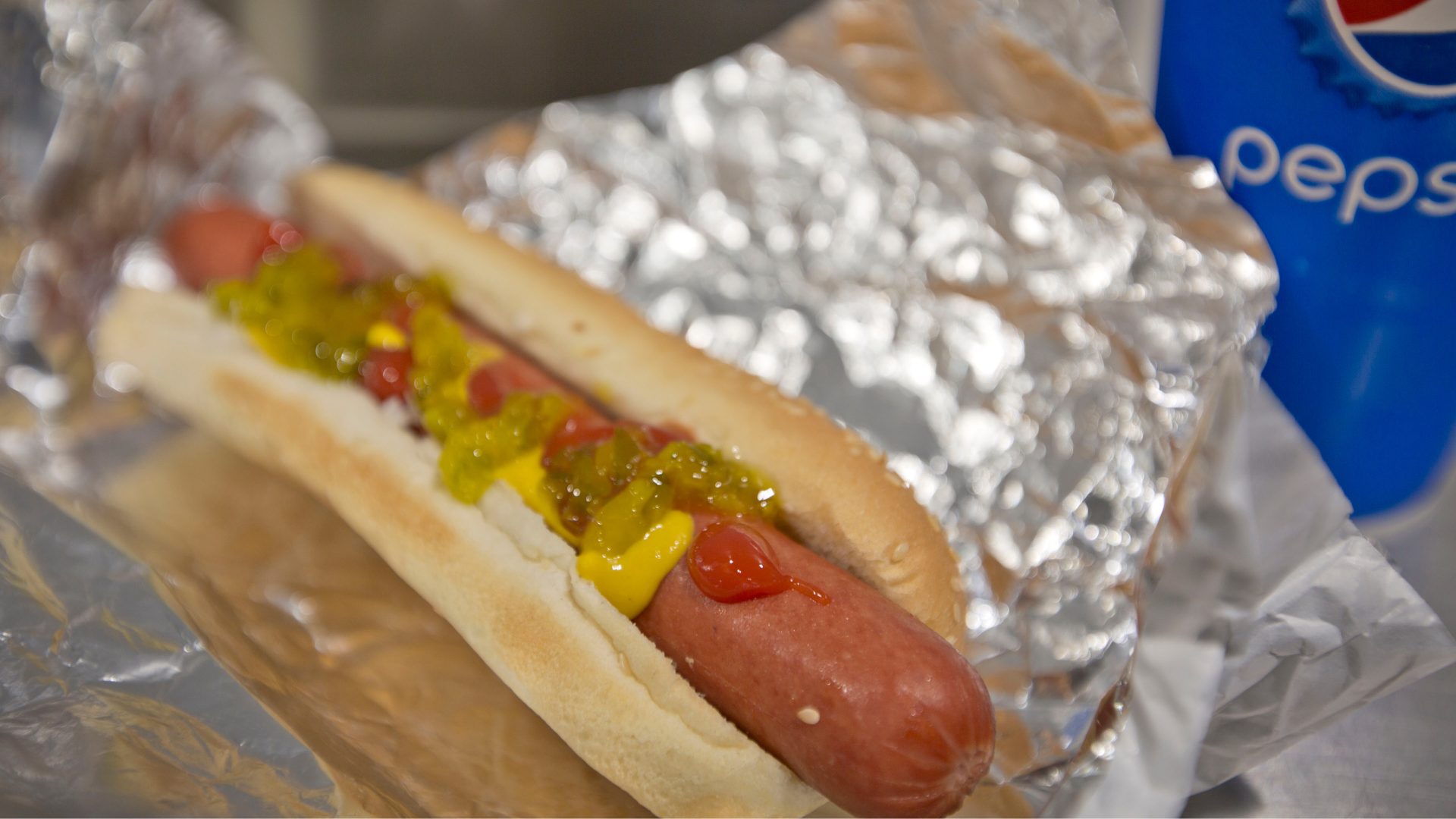Brick-and-mortar retail has suffered greatly since the advent of e-commerce and though iconic brands have evolved, 2024 still proved challenging, forcing many brands to rethink everything from inventory to size to get consumers – especially millennials – off the couch and in their doors.
Value and convenience appear top of mind among consumers, a Placer.ai white paper concluded. Speedy restaurant service and easy to navigate, smaller format stores – especially among legacy brands – also are key.
Between 2019 and 2024 established brands like Sam’s Club and Taco Bell made inroads with Millennials, a key demographic – the former offering value-oriented shopping experiences and the latter attracting attention with splashy menu changes.
Placer.ai noted price is not the only factor driving consumers, who are opting instead to curb discretionary spending while increasing expenditures on things like gym memberships.
One noteworthy trend is the tendency to go toward luxury or value, eschewing medium-priced offerings.
Placer.ai said it appears growth among dollar stores has hit its peak, with year-over-year foot traffic slowing – with September showing only a 0.8% growth rate – but the sector remains healthy overall.
“In an environment where consumers have been facing the compounded effects of rising prices, value remains paramount for many shoppers,” Placer.ai said. “And brands that have found ways to let customers have their cake and eat it too – enjoy specialty offerings and elevated experiences without breaking the bank – have emerged as major visit winners this year.”
The report cited Trader Joe’s as a standout with private label innovation, lauding its broad range of products and competitive pricing.
“In turn, Trader Joe’s enjoys much higher visits per square foot than the rest of the grocery category: Over the past 12 months, Trader Joe’s drew a median 56 visits per square foot – compared to 23 for H-E-B, the second-strongest performer,” the report said.
Shoppers also are making more, shorter trips to grocery stores, also exhibiting a willingness to drive further for specialty products.
Among full-service eateries, Chili’s stood out with its $10.99 value offering. Comparatively, in the QSR and fast-casual segments, diners seem to have embraced robots that handle everything from ordering to chopping. A Chipotle location in Huntington Beach, California, increased traffic 10% once it introduced its “Autocado” robot, which can peel, pit and chop avocados quickly, cutting food wait times.
A fully automated McDonald’s in White Settlement, Texas, is busier than other locations in the Dallas-Fort Worth area, drawing a bigger share of late-night visits, Plaicer.ai noted.
Retail store formats also are changing. Major department stores like Macy’s are moving to smaller formats, eliminating some departments and downsizing others while chains like Harbor Freight Tools are moving into smaller communities where big-box chains can’t justify an outlet.
“While embracing innovative value has helped some chains thrive, other previously ascendant value segments, including discount and dollar stores, may have reached their growth ceilings,” Placer.ai said.
Retailers courting the key 35-40 age group are reviving some legacy brands, benefiting such iconic brands as Gap and cashing in on the nostalgia factor with Limited Too. The cohort has flocked to Sam’s Club, embracing such digital upgrades as Scan & Go. The chain also is going after a younger crowd with plans to promote loyalty by involving customers in product creation for its private label.
“Consumers clearly care about convenience – but are willing to make multiple grocery stops to find what they need. At the same time, legacy brands are plotting their comeback, while others are harnessing the power of nostalgia to drive Millennials – and other consumers – through their doors,” Placer.ai noted.











